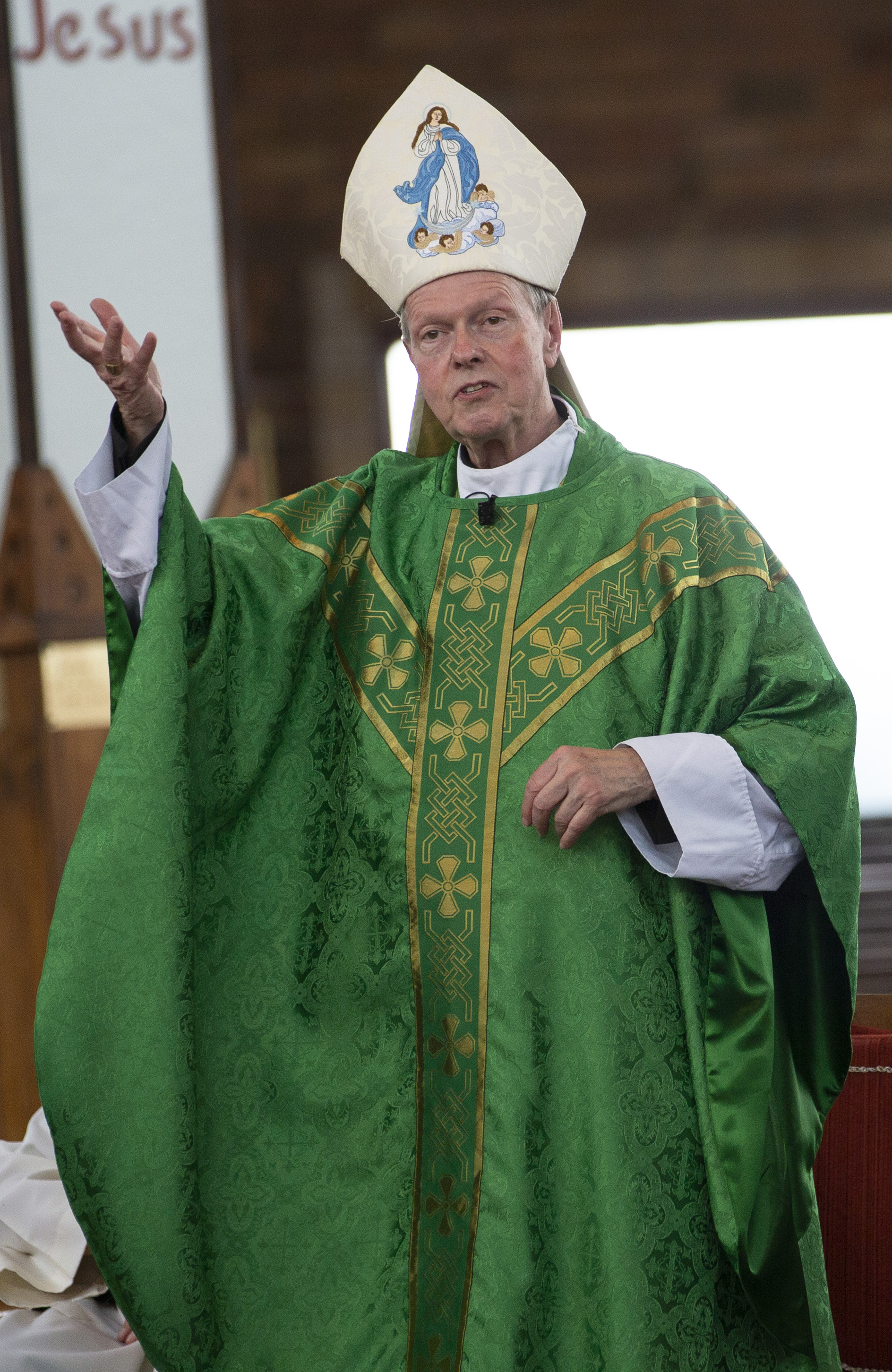December 22, 2020 at 10:38 p.m.
This year wasn’t simply unprecedented, a word I’ve grown to despise, but revolutionary for me. In January, everything felt predictably fresh and new; I was hopeful, unknowing of the catastrophic pandemic that loomed ahead. And then March came, and it lingered, and by the time it was over nearly every aspect of my daily routine was flipped upside down. While my experience mirrors that of many others in one way or another, the incomparable feeling of unity tied to the unknown felt particularly comforting. Tragic events were unfolding in real time, for the first time in a long time, on a universal level. The outcome left me reexamining my priorities, gently prompting me to place a higher value on the people who matter the most. When reflecting on my fondest memories of this dystopian year, all of them involve a common theme: People helping others, in both the most passionate and humblest of ways.
ARMY OF GOOD
I was first introduced to author Jon Katz last year upon learning how he put his 11-week-old golden Labrador, Zinnia, to work. Students of Katz’s writing workshop at Bishop Maginn High School trained her to become a therapy dog on a weekly basis.
Zinnia would eventually go on to visit the elderly at various hospice centers. This kind of work was not foreign to Katz. This year I would learn about his Army of Good — a group stemming from Katz’s three million readers who visit his blog annually, bedlamfarm.com. Katz established the army with only one goal in mind: to do good rather than argue what good means.
When he put the call out to help Bishop Maginn students during the pandemic, his personnel responded rapidly. Within four days, the army raised enough money for 27 laptops for children who didn’t have a home computer.
Educational needs weren’t the only shortage met. Within a few weeks nearly $16,000 in Price Chopper gift cards were mailed to students and their families, many of whom are first-generation immigrants. While this news in itself was inspiring, hearing Katz speak about his love for the school and all who inhabit it felt refreshing, and with no previous ties to the school, somewhat of a rarity.
The determined, soft-spoken Katz cast a ripple effect on the lives who needed help the most, simply by replacing politics with practicality.
THE ELEPHANT IN THE ROOM
When I met up with Alicia Stenard, the author of the children’s book “The Elephant in the Room, A Lockdown Story” as well as illustrator Greg Matusic at Mater Christi School in Albany, it became abundantly clear the two fed off of one another’s passion: to help kids feel more safe without introducing new fears to them.
Both parents and school educators, they spoke passionately about witnessing the effects lockdown drills had on children, oftentimes discussing the matter with other parents, neighbors, family and friends.
I still remember Stenard saying if a child is told there is a possibility of a school shooter, they are going to assume there absolutely will be a school shooter. Consequently, this instills a sense of fear during a child’s developmental stage, whereby they associate school (a safe place) with the fear of potential violence. Researching the effects these drills have on young children triggered my own memories of being in elementary school. Collectively, we practiced staying crouched down, quiet, against a wall in the dark, until given the okay it was safe to come out.
In elementary school, this was completely normalized, with little explanation or discussion regarding the possibility of a shooter invading our classrooms. For years Stenard heard direct feedback from parents riddled with the negative impact such drills had on their children. For weeks Stenard struggled to find a way to guide her kindergartners through the shooting stimulation.
Moments before the drill, after saying a quick and desperate prayer, she came up with a story to tell her class. As her students sat on her rug, Stenard replaced what would be the sound of gunshots with the abrupt popping of tires heard in front of the school, whereby a crew of circus animals would march in to eat all of the students’ peanut butter and jelly sandwiches. The lockdown drill commenced, with the class gathered together sitting in silence, until all the animals were lured out via a bag of peanuts. This served as the basis for Stenard’s children’s book. Stenard’s compassion for her students led to this creative alternative, reducing the risk of negatively affecting a child’s outlook on school, a setting they routinely attend and will attend for years to come. Aside from an unsettling rise in general anxiety, when a child is developing, Stenard recognized they already feel powerless. Instead of going through these mandatory drills conventionally, she intuitively created an alternative, adding the opposite of fear — joy — to her students’ day.
MORE NEWS STORIES
- Pope Leo tops Gallup world leader poll, across party lines
- Green card policy change may leave immigrants seeking legal status vulnerable to deportation
- Apostolates in Minnesota archdiocese focus on missionary discipleship at historic meeting
- Legacy of Japan’s champion of medicine, faith who persevered after atomic bomb endures
- Reckoning with empire: A Catholic critique of American foreign policy in a nuclear age
- Father Lafleur: Forgotten story of chaplain to POWs in WWII and his ‘incredible selflessness’
- Antisemitism has ‘no place’ here, says St. Louis archbishop after attack
- Pope Leo’s first 100 days: Leaning into his new role
- Canada’s bishops call for ecological justice, wiping out crippling debt
- How accurate is the portrayal of Judas in ‘The Chosen?’











Comments:
You must login to comment.